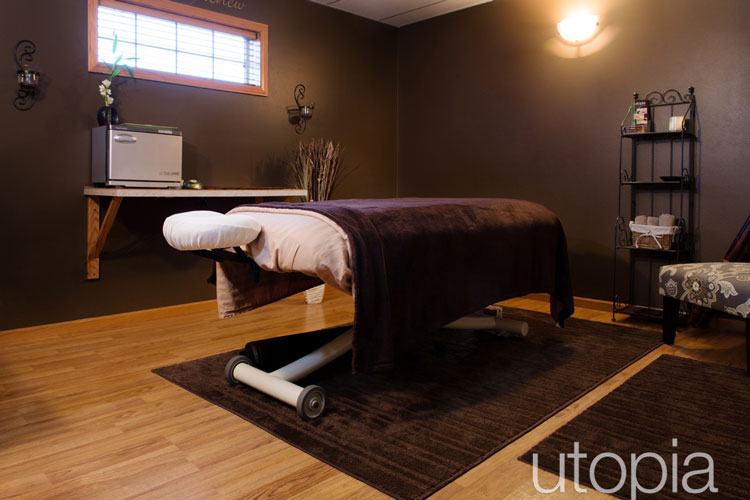What is cupping?
Cupping is a modality of traditional Chinese medicine
How does it work?
Cupping pulls blood to a region to stimulate healing. It’s effective at stretching tight fascia and muscles. As new blood is forced into the tissues around the cups the body will begin a process of new blood vessel formation called neovascularization. These new vessels can feed the tissues with nutrients and oxygen, leading to lasting pain relief.
While the tissues get saturated with fresh blood, the vacuum pulls stagnant blood out of the area. Where there is dead, static blood, lymph, cellular debris, pathogenic factors and toxins present in the body, cupping can leave marks which indicates that the stagnation has been moved from the deeper tissue layers to the surface. These marks tend to fade in 2-5 days, and the more cupping you receive the less the bruising happens.
Who would benefit?
Lung Issues
Cupping over the lungs helps to loosen phlegm, boost immunity and deepen breathing. It’s effective for common colds, asthma and allergies.
Detoxification
When we talk about detoxifying, what we are really trying to do is to clear excess heat that burdens the liver. This accumulates from stress, eating processed foods, drinking alcohol and coffee, and taking pharmaceuticals. Cupping clears excess heat from the body, as evidenced by the red marks that can linger on the skin for several days after.
Musculoskeletal Pain
Cupping is like a reverse massage, using suction rather than pressure to relax the muscles. The heat and suction also work to bring fresh blood to a pain area and release blockages there. It is useful for back, neck and shoulder pain, and sciatica.
Digestive Problems
Cupping can help improve the digestive system when the cups are applied to the stomach area. By relaxing the stomach muscles and improving blood flow, it can increase nutrient absorption.
which glass cups are suctioned to the skin using heat to create a vacuum. This therapy helps to eliminate toxins, relieve congestion, improve circulation and relieve muscle tension. The cups can be left stationary or slid along pre-oiled skin, depending on the ailment. While cups can be applied to just about any area of the body, it is common to have cupping performed on the back, shoulders and thighs. Cupping is generally painless and can be as effective as massage for muscle problems.





